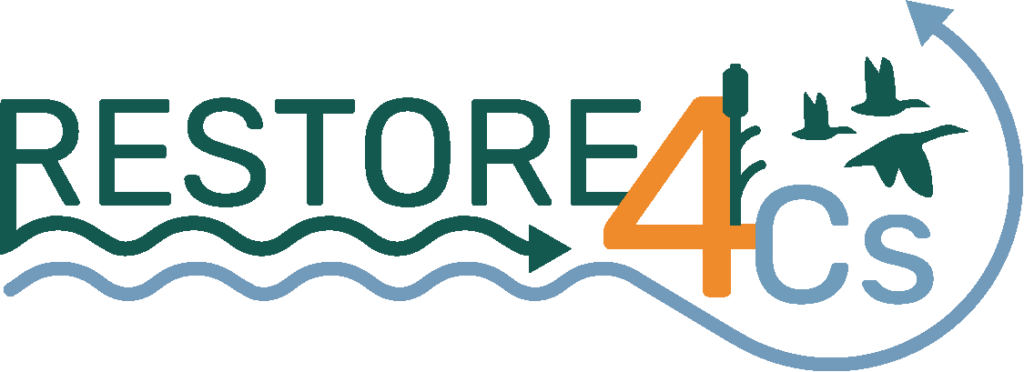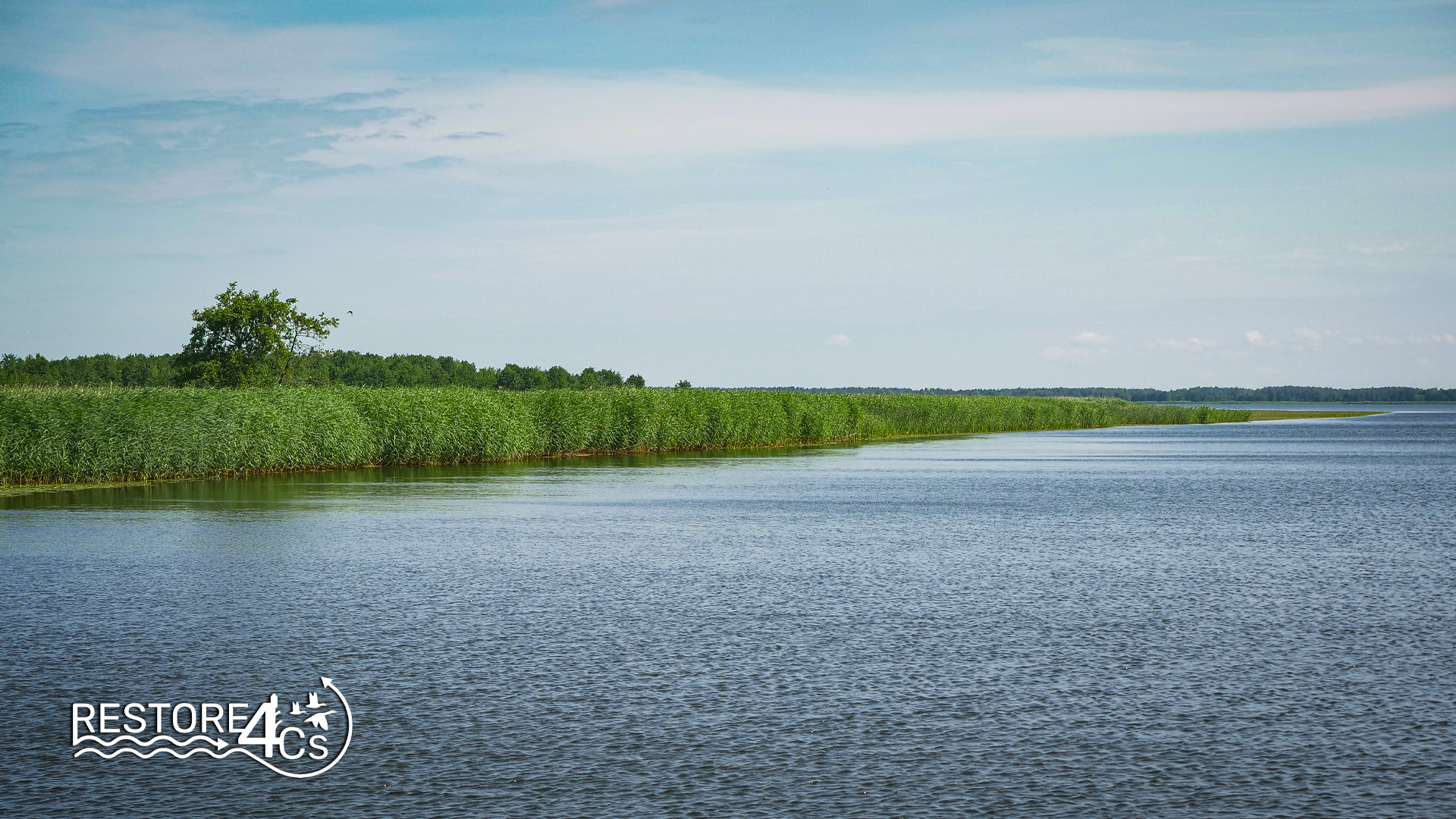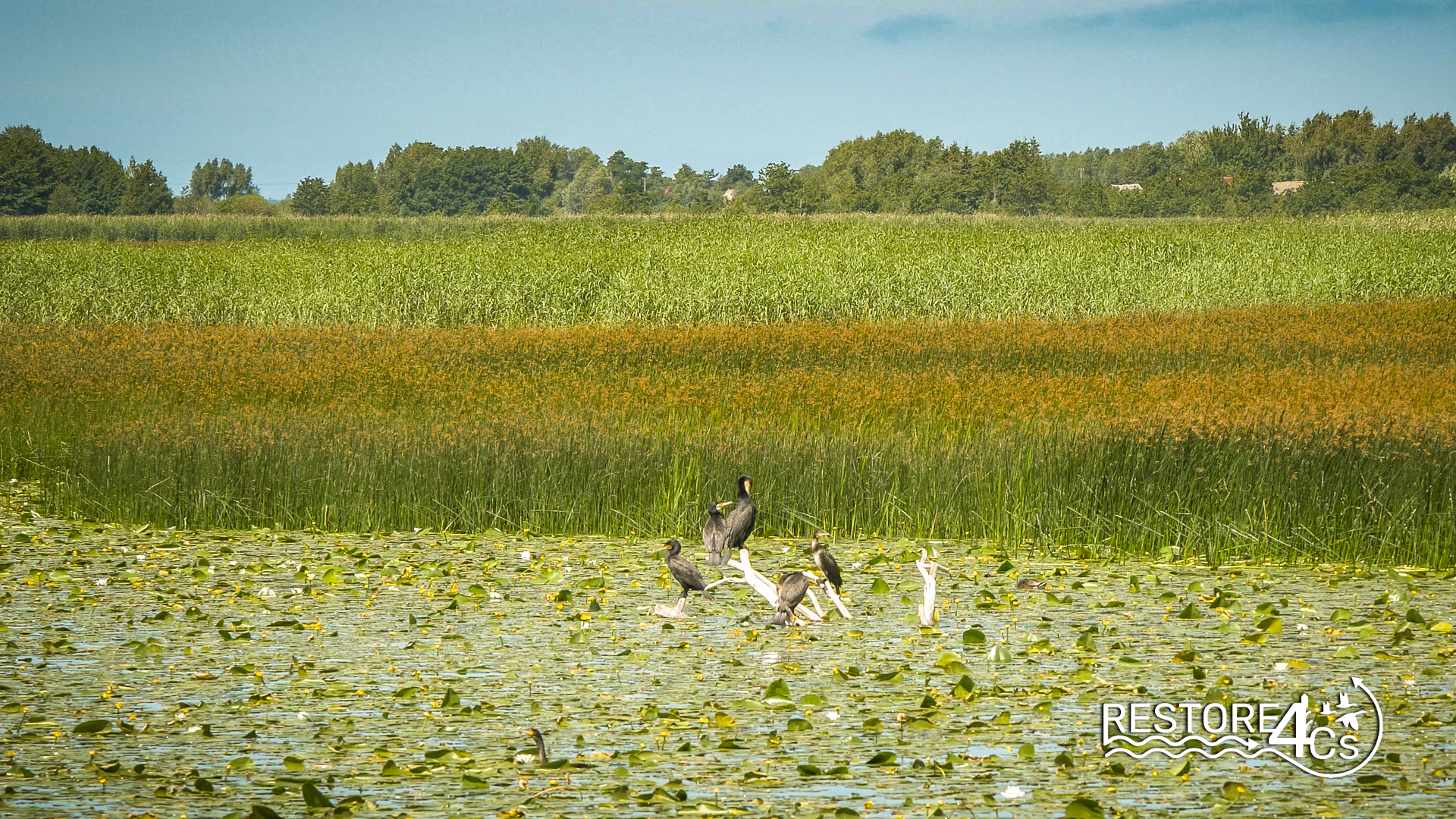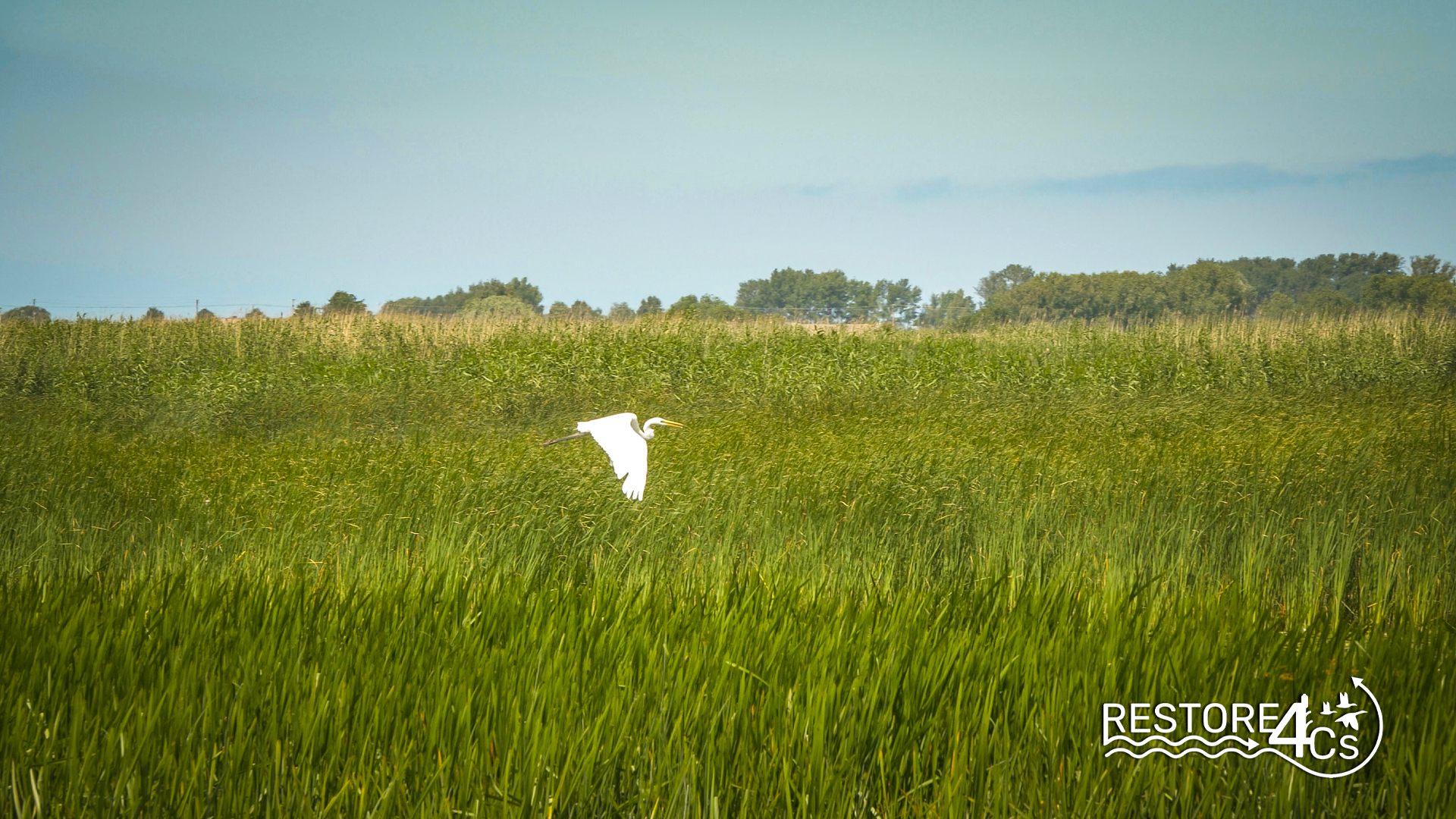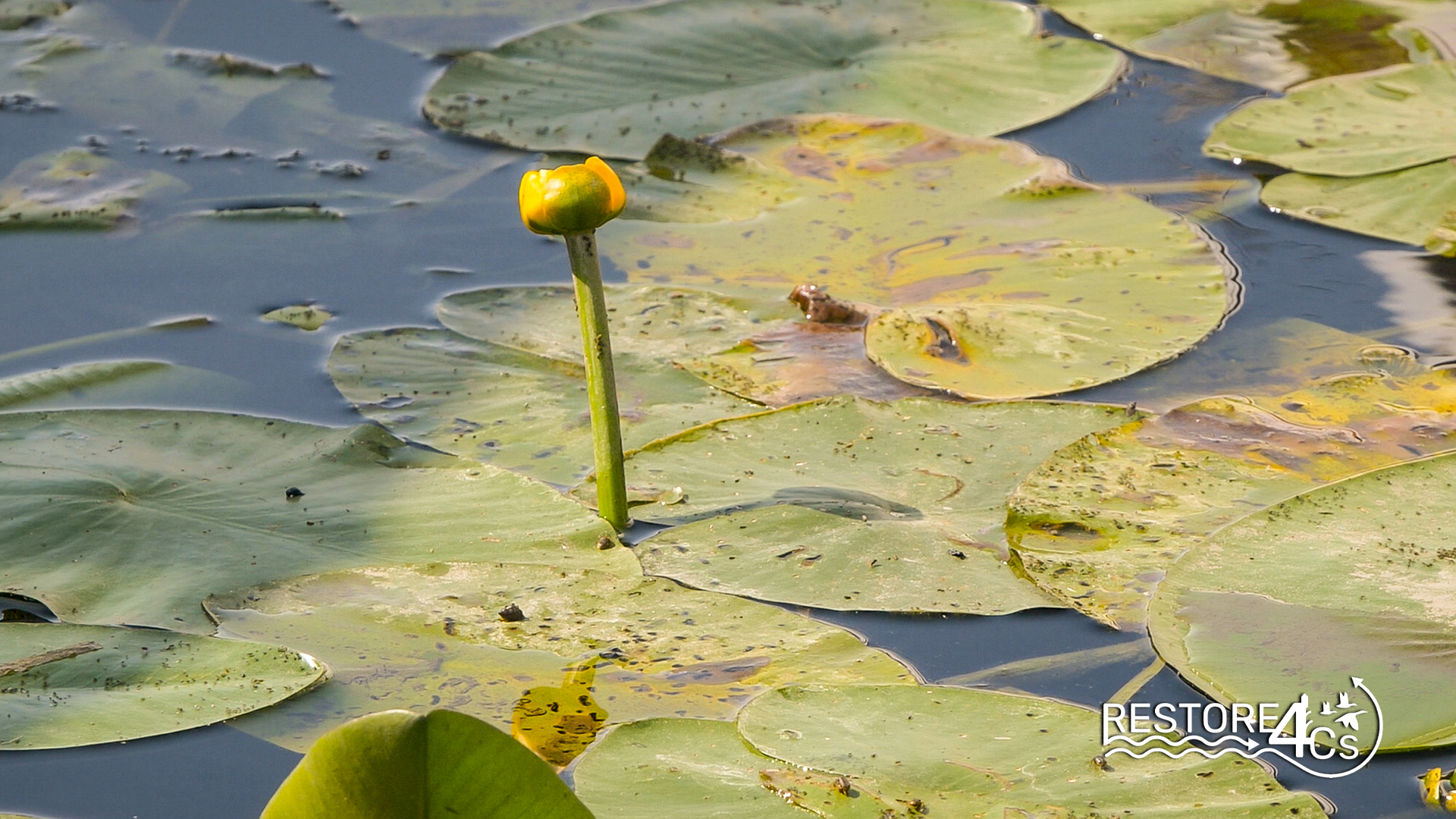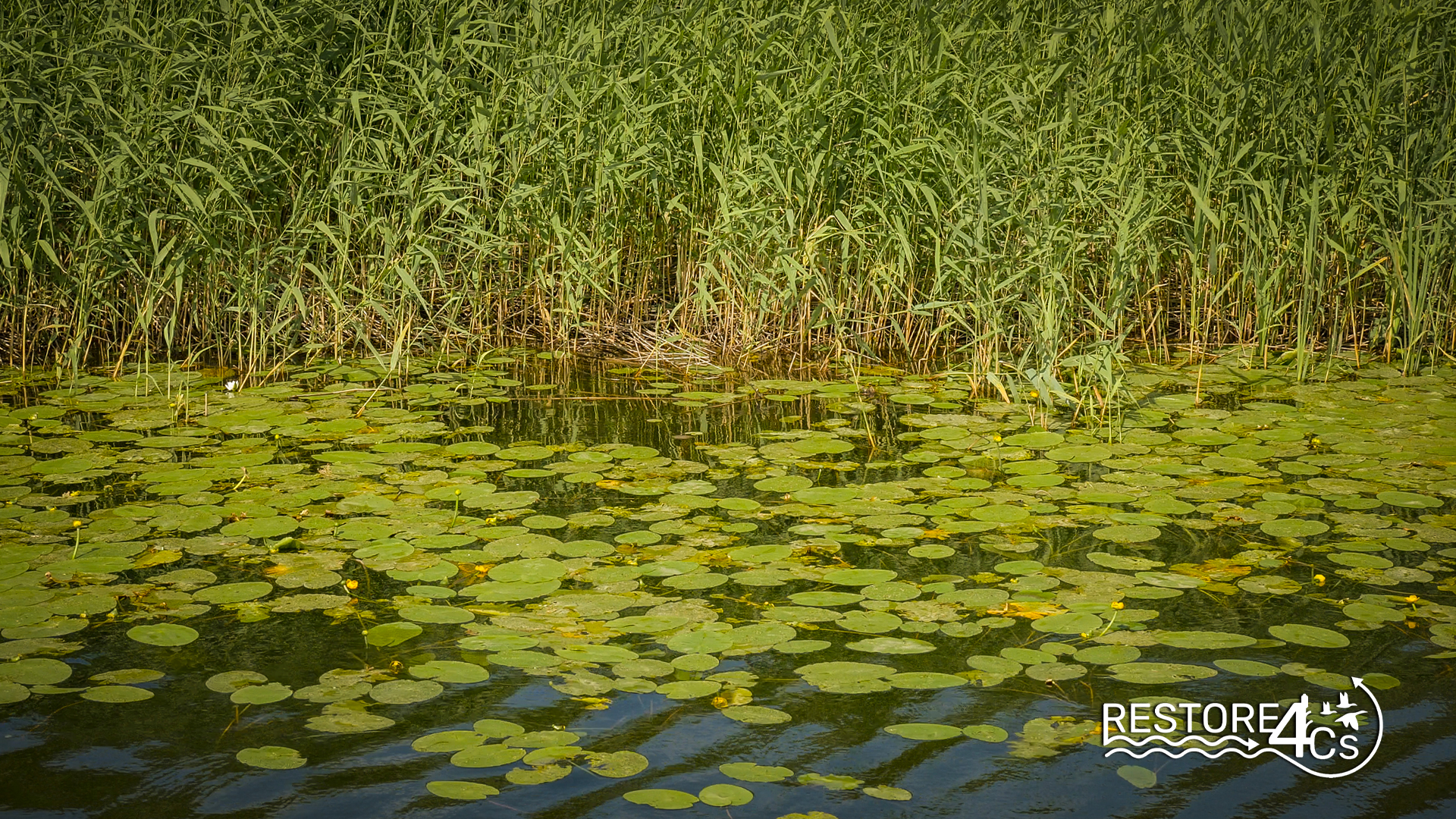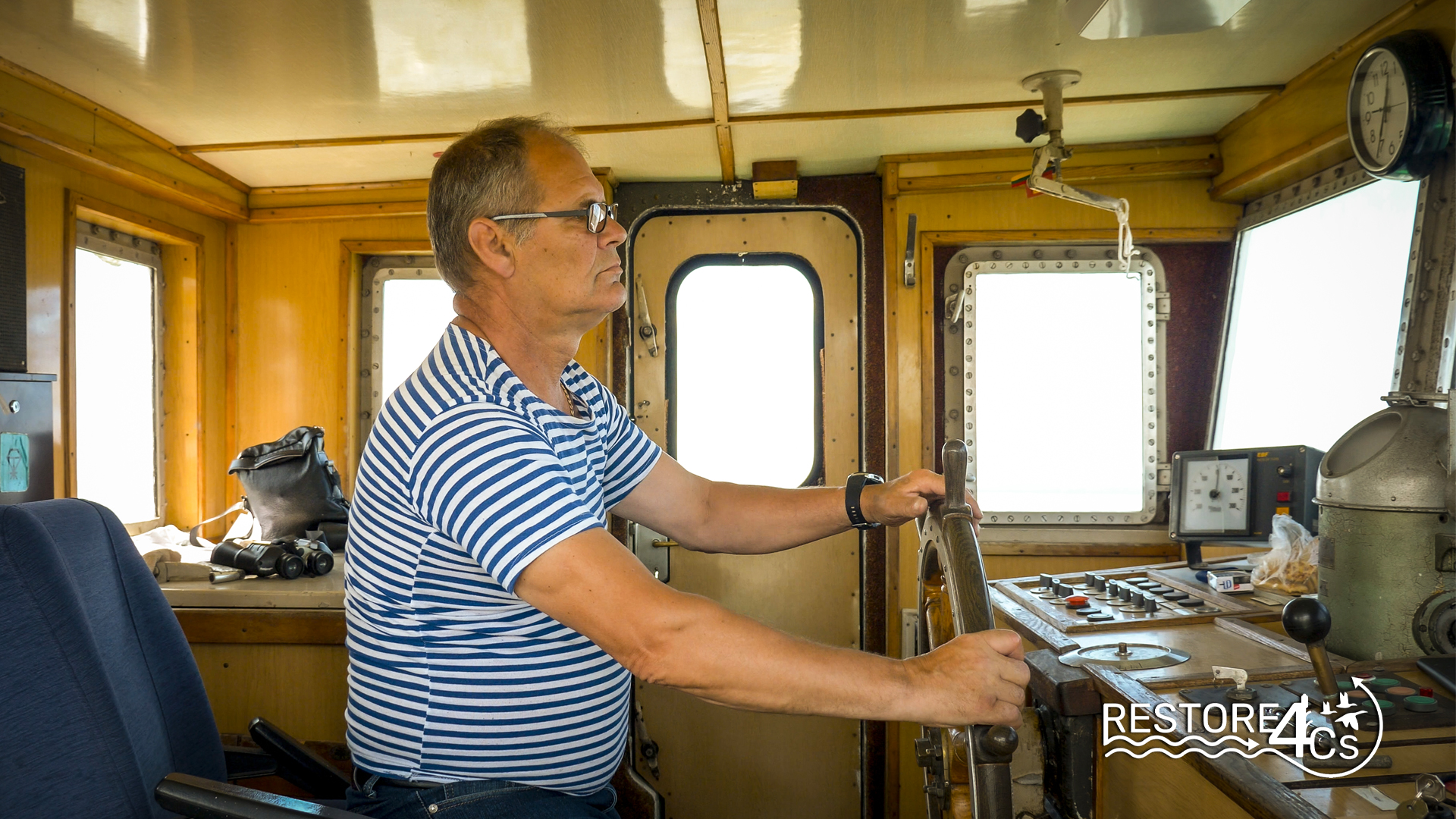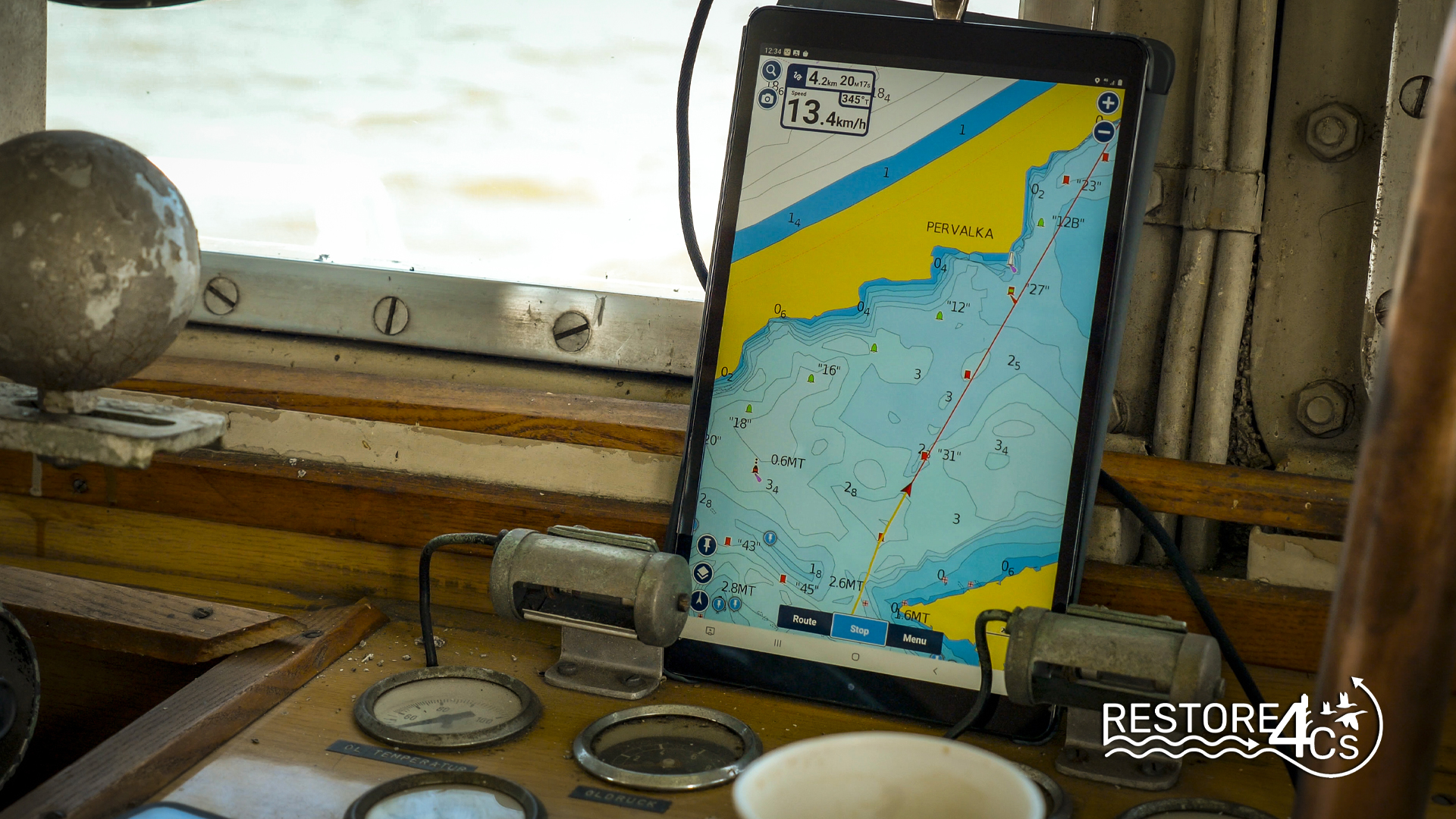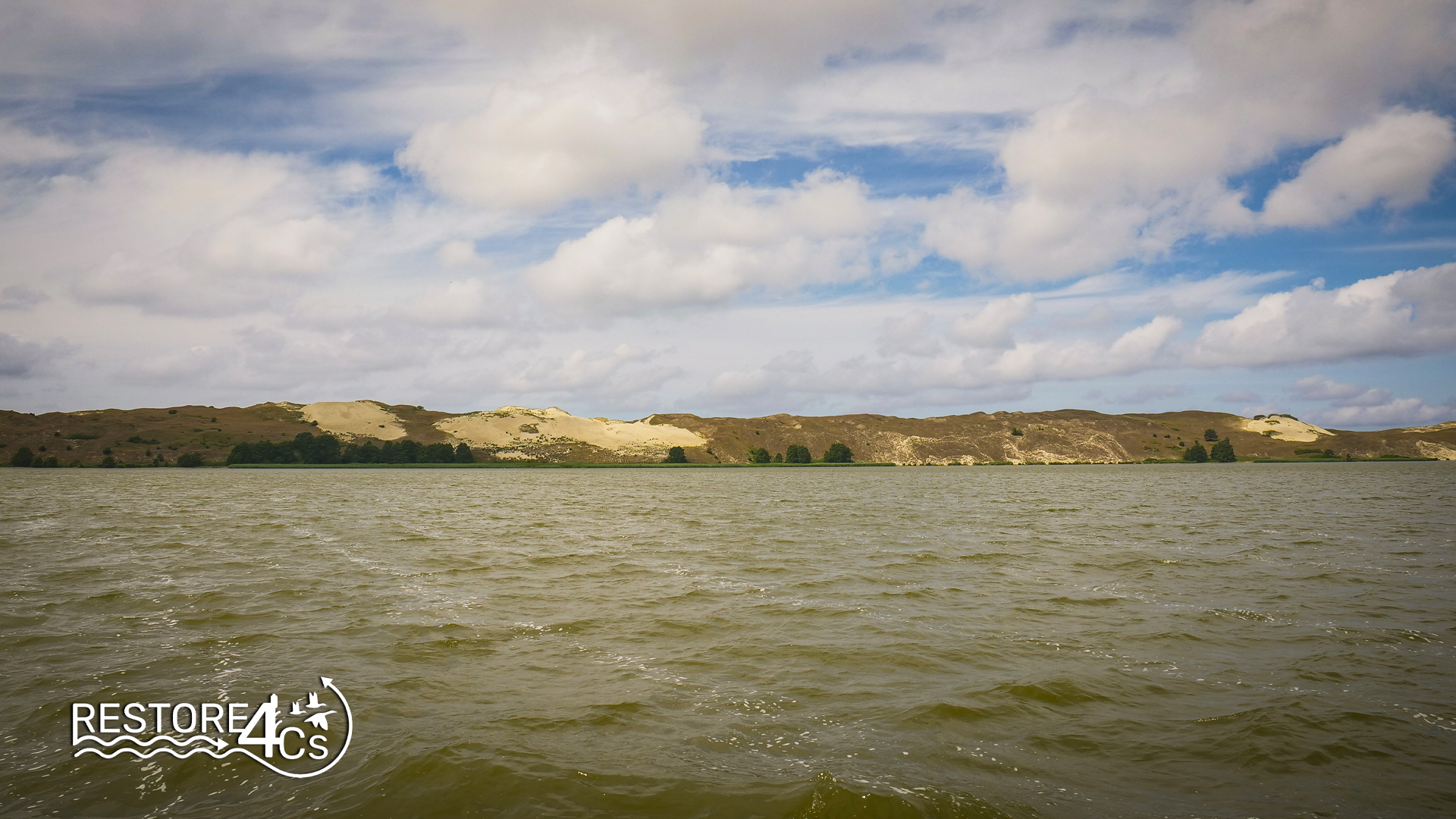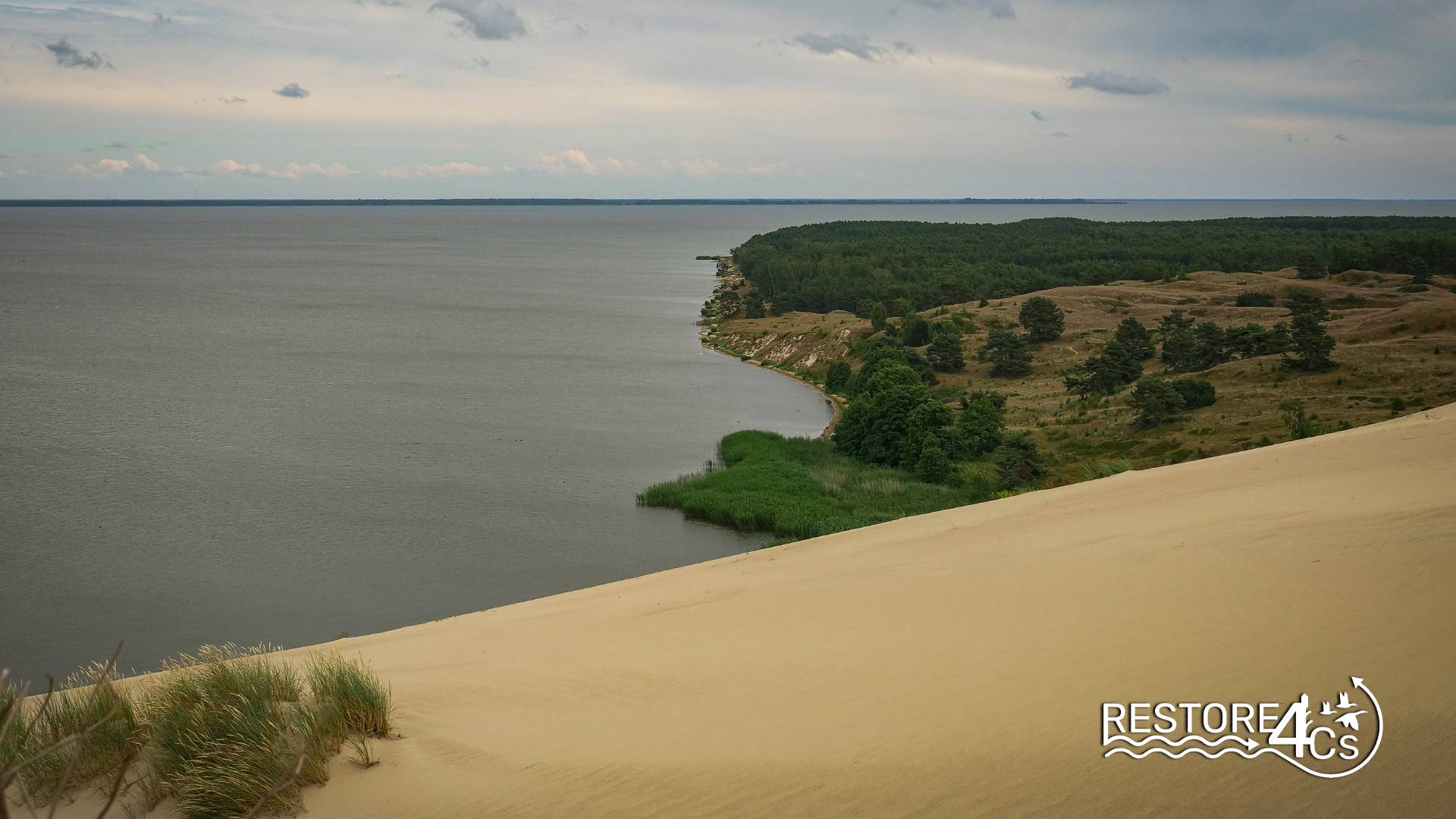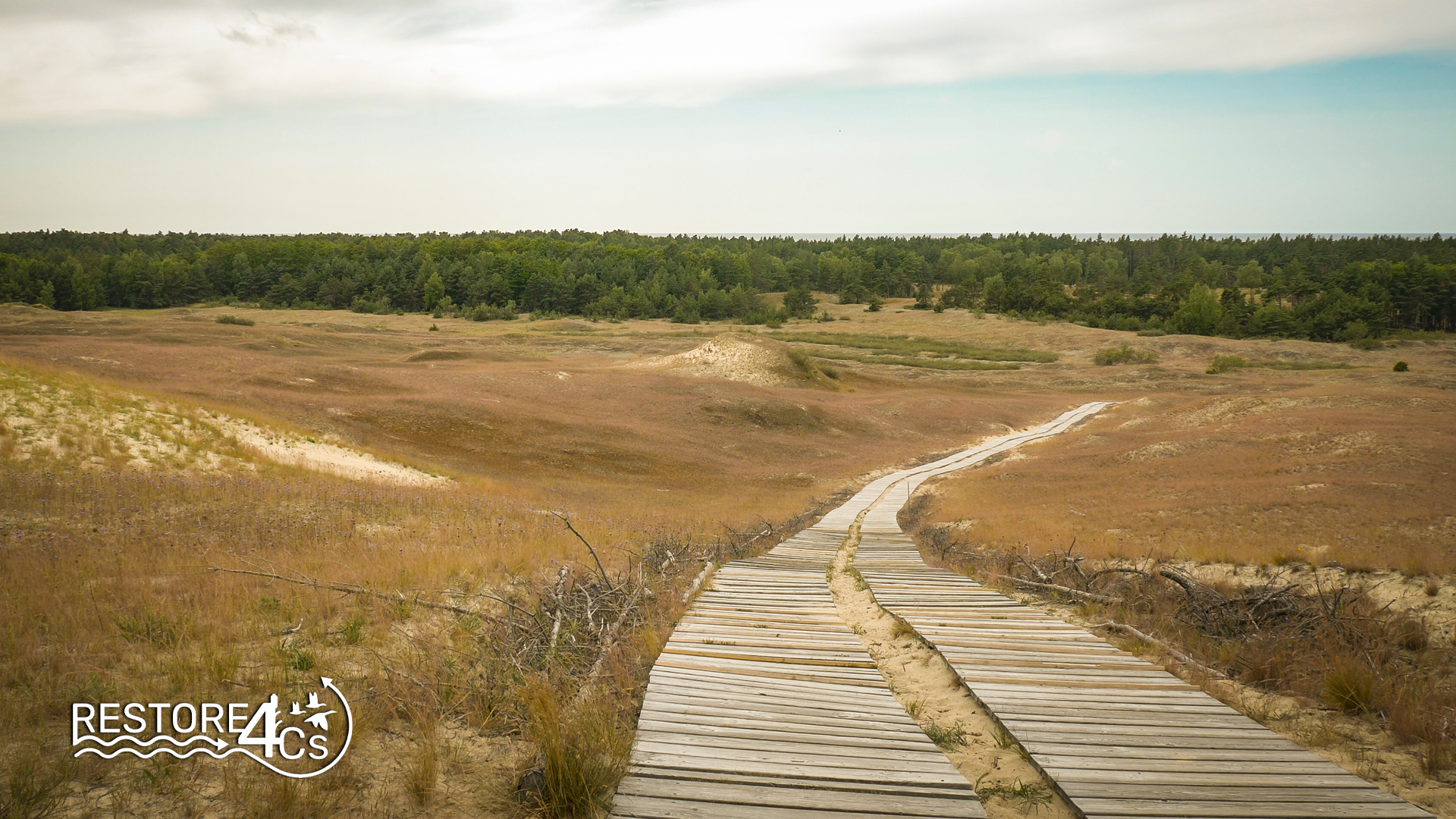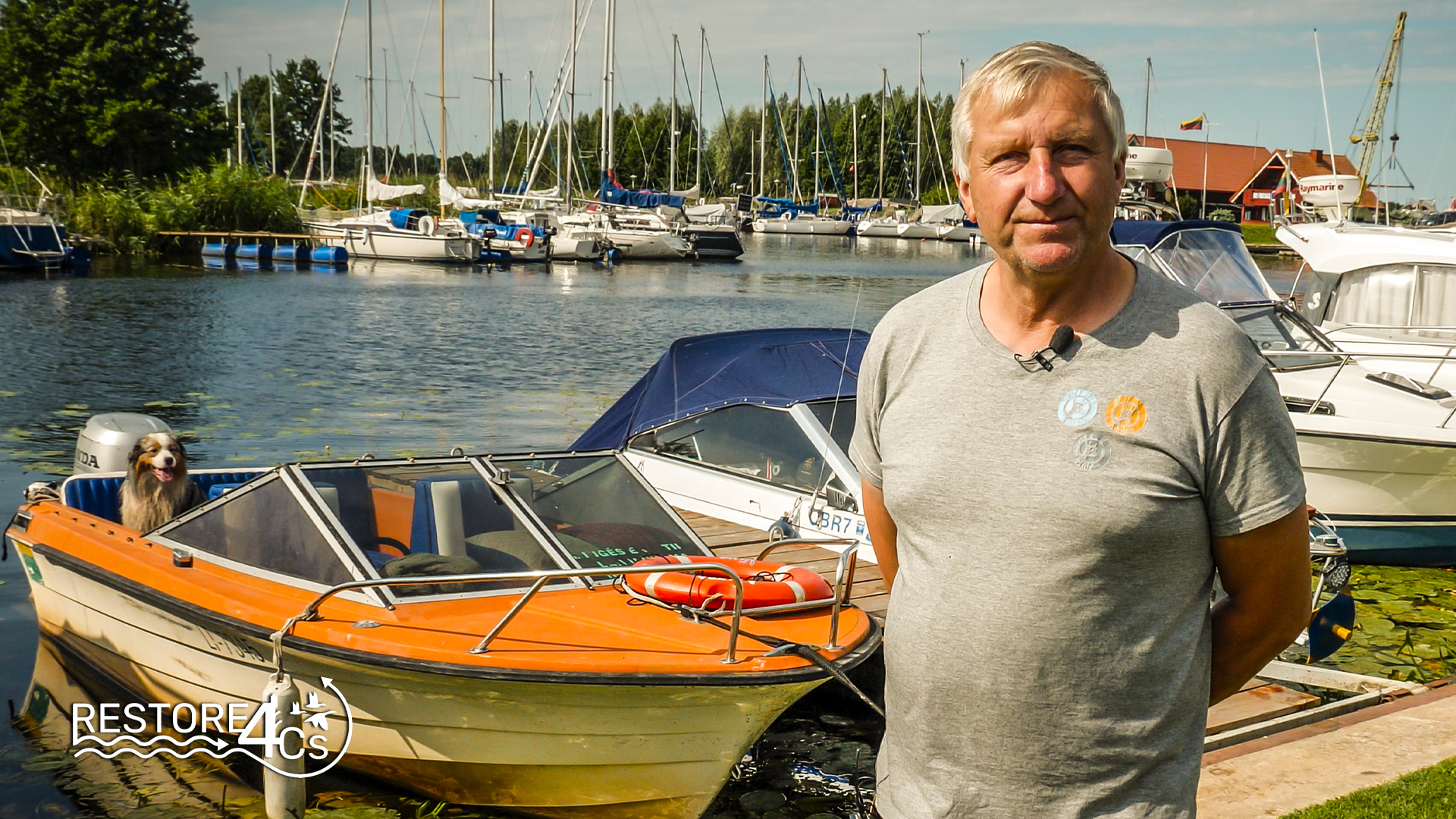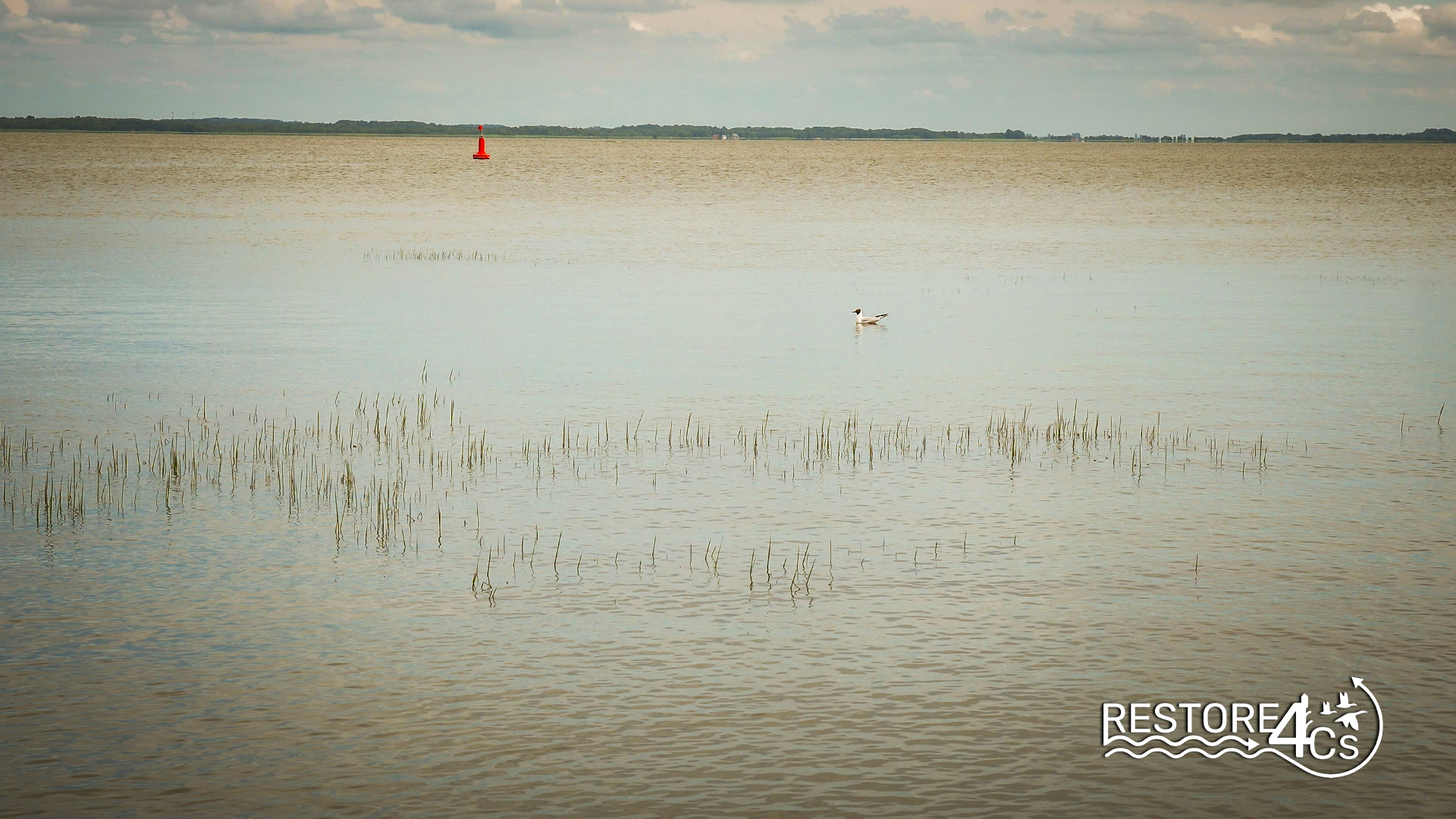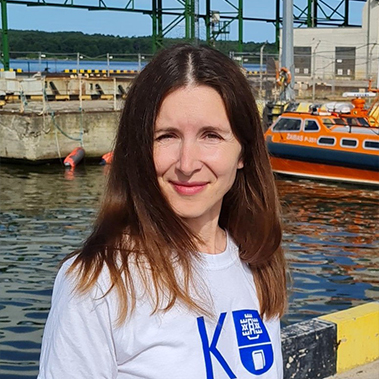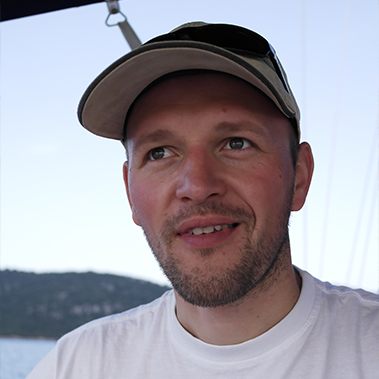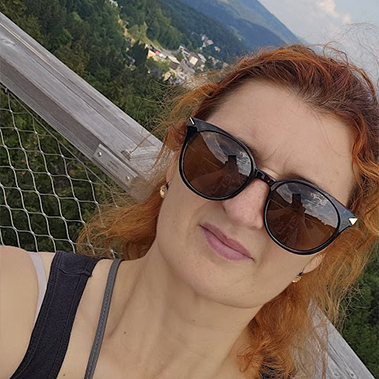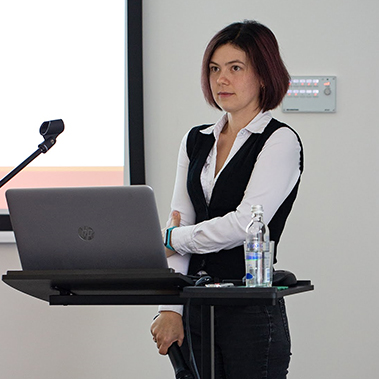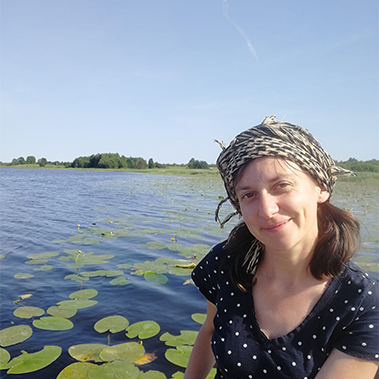
Curonian Lagoon
- Home
- Case Pilots
- Curonian Lagoon
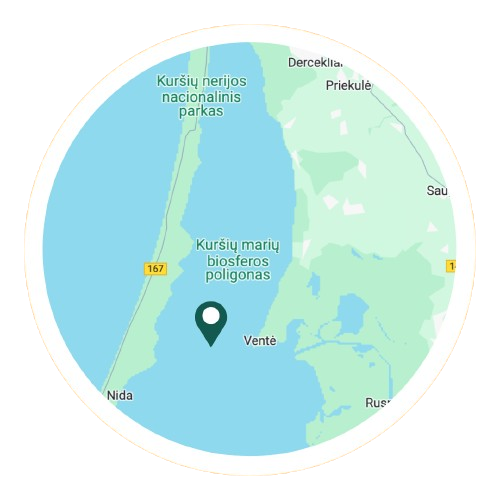
Protection Status: Natura 2000 (Habitat type 1130 Estuaries and 1150 Lagoons and for the protection of fish of European Community importance – quail, Baltic salmon, grayling, goat, common pickerel, lettuce and river lamprey), Baltic Sea Protected area in HELCOM, Curonian Lagoon biosphere polygon (national level).
Curonian Lagoon
The Curonian Lagoon is a transnational lagoon shared between Lithuania and Russia Federation. It is a shallow waterbody with an average depth of 3.8 m. With a total area of ∼ 1,584 km², it is the largest coastal lagoon in Europe. The lagoon lies at the interface between the south-eastern Baltic Sea and the watershed of the Nemunas River. The Nemunas River is one of the largest river systems in the eastern part of the Baltic Sea and the largest river in Lithuania, which contributes the most in terms of water, sediments, and nutrients to the Curonian Lagoon. Concerning nutrient loads, it is one of the four most important rivers in the Baltic Sea region. The consequence is a heavily eutrophicated lagoon with frequent, potentially toxic, cyanobacteria blooms in late summer.
Nemunas delta is a managed Nature Reserve, Regional Park, Natura 2000 and a recognized RAMSAR site. The river delta comprised of marshes, raised bogs, ridge-pool complexes, flooded forests and meadows. The site supports a rich plant community with numerous endangered species. Located on the East Atlantic flyway, it is an internationally important breeding, wintering and passage site for thousands of waterbirds and migratory birds, many of which are threatened species. Over 60,000 migratory birds are ringed annually at the site. The management is performed through conservation, ecological protection, recreational, economic and residential. Human activities include conservation education, hay production, dairy farming, fishing, hunting, peat production extraction, recreation, and tourism. The site is visited by more than 100,000 visitors per year.
One of the most prominent features of the Curonian Lagoon‘s surroundings is the Curonian Spit, a long, narrow sandbar that separates the lagoon from the Baltic Sea. The Spit stretches approximately 98 kilometers and is known for its impressive sand dunes, some of which reach heights of up to 60 meters. These dunes are constantly shaped by wind and weather, creating a dynamic and ever-changing landscape. The Curonian Spit is covered with diverse vegetation, including pine forests, meadows, and unique coastal plant species. The area is also home to the Dead Dunes (or Grey Dunes), which are large sand dunes devoid of vegetation, creating an otherworldly landscape. The Curonian Spit (governed by the Neringa municipality) is one of the most popular local and foreign tourist destinations in Lithuania and hosts 400,000 guests per year.
Achievements
- Lorem ipsum dolor sit amet, consectetur adipiscing elit.
- Lorem ipsum dolor sit amet, consectetur adipiscing elit.
- Lorem ipsum dolor sit amet, consectetur adipiscing elit.
WHY THIS CASE PILOT MATTERS
The research carried out at this Case Pilot
Since 2014, aquatic vegetation (macrophytes) diversity and communities have been mapped using in situ, acoustic and drone data. The ecological functions of macrophytes as habitat and feeding ground provisioning for invertebrates, fishes, and mute swans were studied using pop-up nets, telemetry, and stable isotope analyses. The spatial distribution of charophyte species’ oospores in the upper sediment layer was assessed, where the group of Chara contraria – Chara aspera dominated from four species.
The Curonian Lagoon as ecosystem function on nutrient (N, P, Si) retention or production has been studied since 2010. Internal nutrient concentration, fluxes of nutrient at the sediment-water interface demonstrated a high role in supporting phytoplankton cyanobacteria during the warm period. New insights have been made in microbial diversity of water and sediments and under symbiose with invertebrates controlling N cycling processes as dentification and N-fixation. The activities of invasive mussel (Dreissena polymorpha), native bivalves, chironomids, and great cormorant have been investigated as factors influencing nutrient recycling and translocation in the Curonian Lagoon.
Hydrological studies performed that aim to characterise the physical and chemical properties of water in the lagoon, including temperature, salinity, nutrient concentrations, and water circulation patterns. These studies provide insights into the hydrodynamic processes driving lagoon dynamics.
Sediment studies examine sediment composition, deposition rates, and sediment transport mechanisms within the lagoon. Research on fisheries in the Curonian Lagoon focused on fish population dynamics, migration patterns, spawning grounds, and the sustainable management of fish stocks. Research is conducted to assess the environmental health of the lagoon, including water quality parameters, nutrient loading, pollution levels, and the presence of contaminants.
Research investigated the potential impacts of climate change on the Curonian Lagoon ecosystem, including sea level rise, changes in temperature and precipitation patterns, and associated ecological responses. These studies help identify vulnerabilities and develop adaptation strategies.
The northern most coastal lagoon and wetlands ecosystems covering 1584 km² area.
Long-term investigations that cover ecosystem functioning, biogeochemical cycling, biodiversity, ecosystem service provision, anthropogenic pressure, environmental modelling and climate change impact.
European legislation driven management for conservation and restoration.
Undergoes high climate change pressures affecting ecosystem functioning and services.
Limited studies on the function on C sequestration and GHG emission/removal.
KEY SCIENTIFIC PAPERS
25/03/2024
Lorem ipsum dolor sit amet, consectetur adipiscing elit, sed do eiusmod tempor incididunt ut labore et dolore magna aliqua
Authors: Pippo, Pluto, Topolino
25/03/2024
Lorem ipsum dolor sit amet, consectetur adipiscing elit, sed do eiusmod tempor incididunt ut labore et dolore magna aliqua
Authors: Pippo, Pluto, Topolino
25/03/2024
Lorem ipsum dolor sit amet, consectetur adipiscing elit, sed do eiusmod tempor incididunt ut labore et dolore magna aliqua
Authors: Pippo, Pluto, Topolino
25/03/2024
Lorem ipsum dolor sit amet, consectetur adipiscing elit, sed do eiusmod tempor incididunt ut labore et dolore magna aliqua
Authors: Pippo, Pluto, Topolino
Local STAKEHOLDERS
Timeline
02/10/2023 – 06/10/2023
1st Sampling Campaign
20/05/2024 – 24/05/2024
3rd Sampling Campaign
04/03/2024 – 08/03/2024
2nd Sampling Campaign
29/07/2024 – 02/08/2024
4th Sampling Campaign
